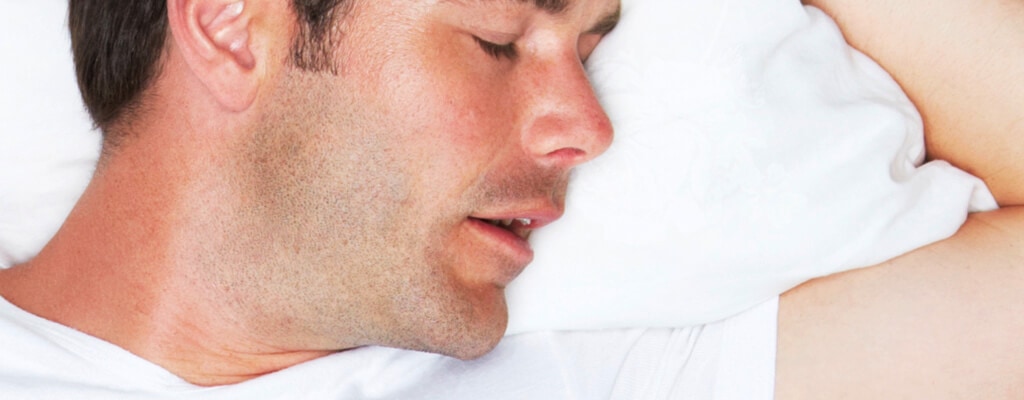Do you sleep with your mouth open? It’s an accepted fact that dental health and overall well-being are closely related. Although, it is difficult at times to identify the specific causes of dental problems.
A recent report by New Zealand researchers, published in the Journal of Oral Rehabilitation, may offer some clues. High acidity levels in the mouth can lead to erosion of tooth enamel and dental caries. Also, dry mouth can lead to a higher risk of dental erosion. But what do the two have in common? It looks like mouth breathing might be the culprit.
Air is warmed and moistened through the nose. But air taken in through the mouth is cold and dry. This tends to contribute to dry mouth, causing discomfort, altering salivary secretions and affecting other bodily functions as well.
When You Are Sleeping

The researchers measured pH Levels and oral temperatures during sleep on a group of healthy volunteers fitted with special devices during two 48-hour sessions. During half of the sleep sessions, participants wore nose clips that forced them to breathe through their mouths. The results were ‘statistically significant.’ This showed that mouth-breathers had lower pH levels than those who breathed normally.
Neutral pH is 7 on a scale of 1-14. Lower numbers are acidic, and a pH reading of 5.5 signals the threshold at which tooth enamel can begin to break down. The researchers found that “intra-oral pH decreased slowly over the hours of sleep in all participants,” according to Joanne Choi, a student in the Faculty of Dentistry at Sir John Walsh Research Institute and lead author for the study. However, the decreases were greater and were observed over longer periods of time when the study participants were forced to breathe through their mouths. Levels dropped to as low as 3.6 in some individual mouth-breathers.
There were no statistical or pertinent differences detected in temperature levels between mouth and nose breathers. Although, all participants showed slight oral temperature increases during sleep. They averaged just more than two degrees Centigrade higher during sleep.
Assessing the Reasons
This study is the first of its kind to continuously monitor intra-oral fluctuations in temperature and pH during sleep. It supports the belief that mouth breathing can be a contributory factor for dental disease. Dental professionals report that an increasing number of patients report problems with ‘dry mouth‘ during sleep or upon waking. The new research points to a causal correlation between lack of saliva. This is considered to be an ‘important defense mechanism‘ against oral acidity. It is also presents a higher risk of dental erosion.
If you have nocturnal breathing problems, it is a subject that you should discuss with your physician, but also with your dentist or periodontist. By working together, your healthcare professionals should be able to find a way to help your breathe through your nose.
Benefits of Breathing Well
Mouth breathing is associated with sleep apnea. It can also lead to other physical ailments, including attention and concentration difficulties, skeletal malformation in children, and generally poor sleep habits.
Also, mouth breathing is associated with permanent bad breath. Now, there is yet another reason to be conscious of the way you breathe while your are asleep.
Related Article:
What Causes Morning Breath and How to Treat It
If you have problems, some authorities recommend sleeping with a humidifier in the bedroom; but if your problems aren’t easily identified or solved, we recommend taking a comprehensive wellness approach designed to alter your nighttime breathing habits. Call us at Mountain Top Periodontics & Implants to schedule an appointment if you have an oral health concerns.
With a better night’s sleep, your smile and your eyes will both be brighter. Also, your mouth, gums, teeth and entire body are healthier! Let’s find a way to breathe properly both day and night.
Recently edited. Originally published: March 24, 2016.
